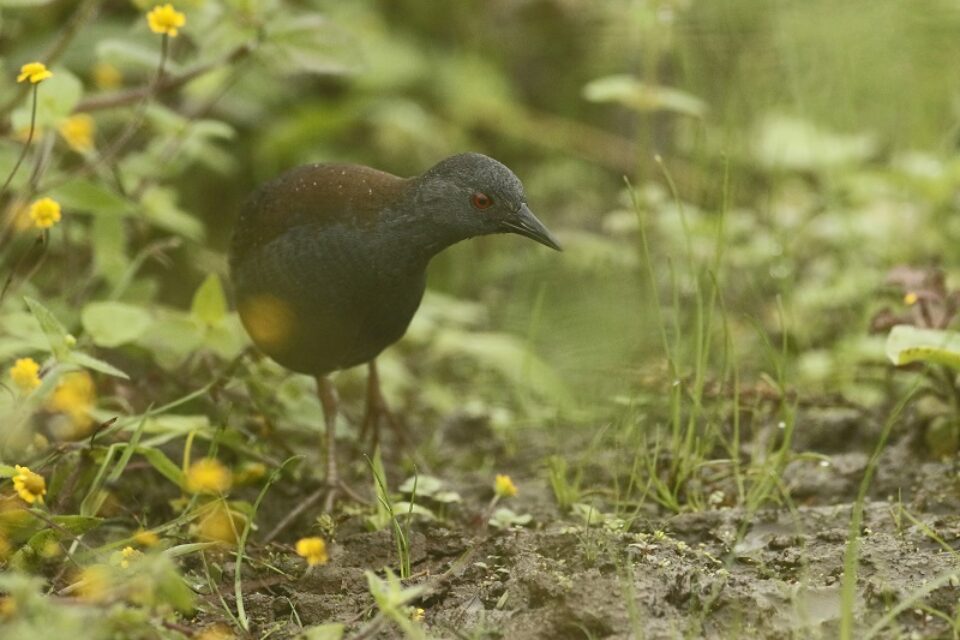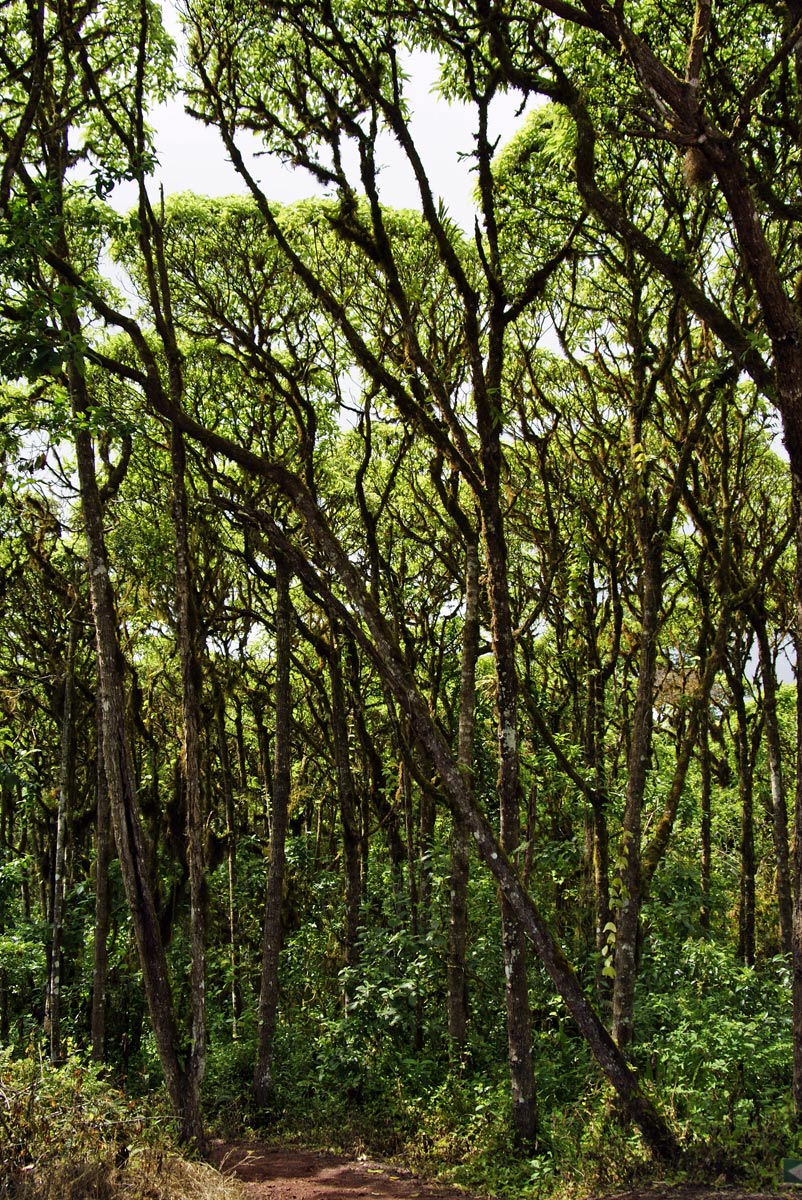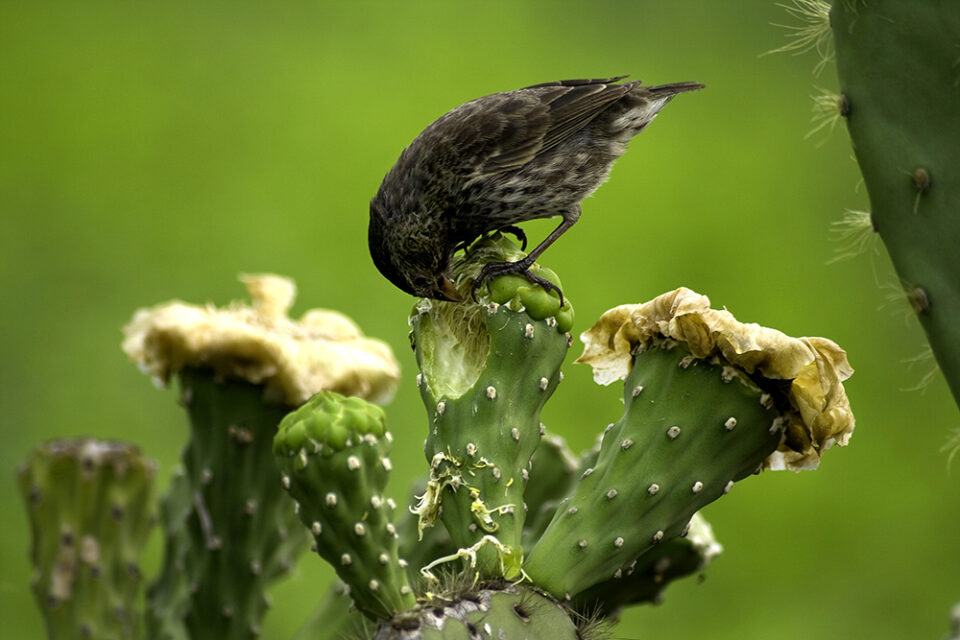

International Day of Forests 2016
To celebrate the International day of Forests, we have decided to showcase one on of the most iconic species of tree in Galapagos: scalesia.
Today is International Day of Forests 2016, a UN initiative to encourage the conservation of forests for the benefit of current and future generations, and to raise awareness of the importance of forests across the globe. Many of the forests of South America, in particular the rainforests, are currently lacking in sustainable management and are suffering due to irresponsible human activity such as heavy pollution and logging. Galapagos, however, has been less affected than the mainland reserves due to the close monitoring of the Islands.

Scalesia pedunculata © Dallas Krentzel
To celebrate International day of Forests, we have decided to showcase the most iconic trees of Galapagos, scalesia.
Scalesia is a genus of trees, endemic to Galapagos, which is in the Asteraceae family, meaning that they are technically daisies. This genus contains 15 species that grow as shrubs or trees, and they have been called “the Darwin’s finches of the plant world” because they show a similarly dramatic pattern of adaptive radiation. Scalesia has become so iconic that whole areas of the lush cloud forest of Galapagos have been named after the plant: the scalesia zone. The Galapagos National Park covers 97% of the Islands and almost all scalesia habitat is found within the parks boundaries.
Currently, the whole scalesia zone is threatened by human settlement. The zone is the most fertile land area on the Islands, therefore the perfect land for agriculture and livestock grazing. The grazing of livestock poses a threat to the remaining forests, as large areas would need to be cleared in order to make way for grass pastures for goats, pigs and cows. These farmed animals would also graze on saplings, decreasing the numbers of young trees able to reach maturity. The spread of introduced invasive species including vertebrates as well as plants can cause the scalesia to be out-competed.
The weather phenomenon El Niño is the cause of strong and unusual weather patterns. El Niño causes a rise in sea temperature, droughts and floods which can cause entire scalesia forests to collapse. If the young daisy tree seedlings or saplings are hit by a strong El Niño before they are able to reach maturity, they will not be able to re-seed, meaning there will be even fewer mature trees left to re-seed the forest floor. Extreme weather and El Niño temperatures are thought to be increasing due to global warming, leaving the future of the scalesia forests uncertain.
Extensive conservation efforts of the flora and fauna of Galapagos exist throughout the Islands. Any planning and expansion of existing human settlements on Isabela and Santa Cruz have to be approved by the Ecuadorian authorities, limiting the amount of impact new human developments will have on these islands.
In addition, the Charles Darwin Foundation has launched an initiative called Galapagos Verde 2050, which is re-seeding many plants across Galapagos, including scalesia, through a monitored system ‘that actively contributes to the conservation of the natural capital of Galapagos and good living of its human population’.
#forestday2016
by Jenny Vidler
Related articles


The Importance of Opuntia

Discovery Blog: Pioneering Cacti

